You’ve probably never heard of Nappey or the Jumelles Times (“Twin Time”) watch, and for good reason: It was an obscure model in the 1960s that went nowhere. But the idea of a watch with multiple dials showing different timezones has become a common complication today. And it all came from this watch!
My “Two Movements, One Case” Series
Two Dials, Two Movements
One complication I enjoy are the various ways in which watches can show the time in multiple locations at once. I have a collection of dual timezone watches, including the iconic Jaeger-LeCoultre Reverso Duoface (one timezone on each side), Maurice Lacroix Grand Guichet GMT (two-hand subdial), and Nomos Tangomat GMT (with two subtle windows). All of these watches use a single movement with a novel mechanical module to accomplish this two-time feature. But there’s another way to do it: Brute force.

Image: The Eastern Jeweller & Watchmaker (Europa Star) 72, 1962
Such is the case of the world’s first true dual-time watch, the Nappey Jumelles Times. It’s an incredibly simple concept: Pack two small movements side-by-side into one oversized case. To say that the result was less than attractive is an understatement, but this little-known watch from an obscure French brand was the first in a long line of increasingly-compelling dual-time watches.
Let’s take a look at Nappey and the changes that transformed the entire world in the early 1960s.
1960 Nappey Jumelles Times
Just after World War II, Jules Nappey founded his eponymous watch company in the French watchmaking capital, Besançon. France embarked on an aggressive modernization and industrialization effort immediately after the defeat of Germany, and 1946 Besançon was a key part of this plan. The iconic French brand Lip was by far the biggest watch company in the city, but hundreds of others were founded (or restarted) immediately after the war.
Nappey began by assembling inexpensive watches using locally-produced components: Movements, dials, cases, hands, crowns, straps, and so on. This was true to the history of établissage that defined French and Swiss watchmaking through the 1980s. Specialist companies and small home businesses produced the various components and watch brands could easily select from the parts they wanted. There were even specialists in the design and assembly of these watches, leaving the brand on the dial to be little more than a name.
By 1958, Nappey was successful enough to become a promotional sponsor of the famous Tour de France bicycle race. The Tour did not always pass through Besançon, but it would in 1958 and 1960. This gave Nappey the opportunity to leverage the premier French sports event and build sales of sporting models for the modern man.

Image: The Eastern Jeweller & Watchmaker (Europa Star) 72, 1962
Jules Nappey himself became a frequent traveler on the nascent Air France, traveling to New York on their new Caravelle and 707 jets in 1960. The jet age opened the door to rapid travel and international business, creating a need for a new kind of watch that showed the time in multiple locations. The iconic 1955 Rolex GMT-Master was an early such offering, using a simple rotating bezel and central 24 hour hand to show the second timezone. But it was more of a professional tool. Nappey had a different idea.

Image: Europa Star 6, 1960
The Jumelles Times (“Twin Times”) watch was designed as an accessible consumer watch, allowing “the modern business man” to see the time in multiple locations. And the oversized watch would also show the world that he was the sort of man that had a need for such a timepiece. Indeed, it would be hard to miss such a large watch, as slim and narrow watches were in vogue.

Image: The Eastern Jeweller & Watchmaker (Europa Star) 72, 1962
Nappey first showed the Jumelles Times at the Salon de Besançon in 1960, with production models appearing at Basel in 1962. The watch appears to use a pair of hand-winding tonneau-shaped movements, likely sourced from the ladies offerings in Besançon. The simple hands were quite small but still required space across the center of the dial, leaving a massive “forehead and chin” empty apart from the Nappey and “Jumelles Times” logos. A crosshair effect on the dial was in keeping with sporting models of the day, and emphasized the dual crowns used to wind and set the twin movements.
Nappey was a founding member of Heuroplan, a sales and marketing consortium focused on the French market. Along with Movado, Cyma, Eska, and Juvenia, the company exhibited products for French consumers, including the Jumelles Times. This watch did little to drive demand, however, and Nappey lapsed into obscurity just a few years later. The company did not survive the collapse of the French watch industry of the 1970s.
Google has no mention of the Nappey Jumelles Times apart from this article!
The Grail Watch Perspective: Nappey Jumelles Times
Nappey’s Jumelles Times is not an important watch. It came from an obscure French company and is not well-remembered today. In fact, Google has no mention (apart from this article) of this watch! But the Jumelles Times likely inspired others, including the Ardath Long Distance and Royce Twin of the 1960s. And these, in turn inspired modern watches like the Glycine Airman 7, Shorokhoff Los Craneos, and Hermès Deux Zones. And the idea of two time zones in one dial would become a common complication in modern times. So maybe it was important after all!
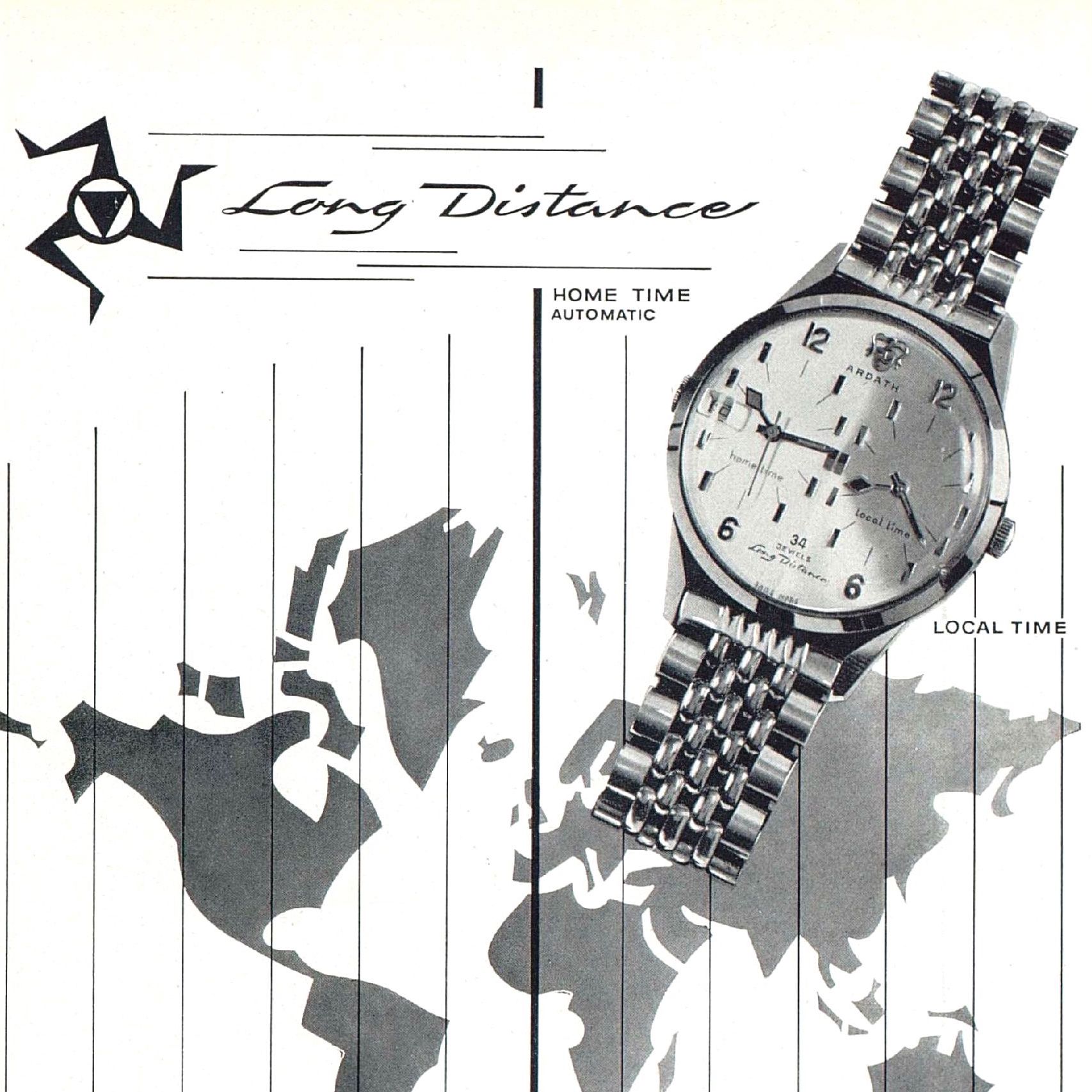
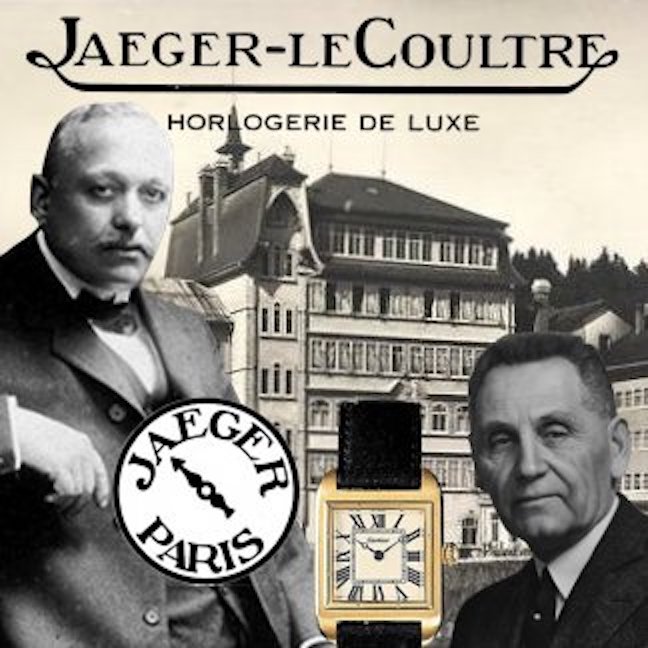
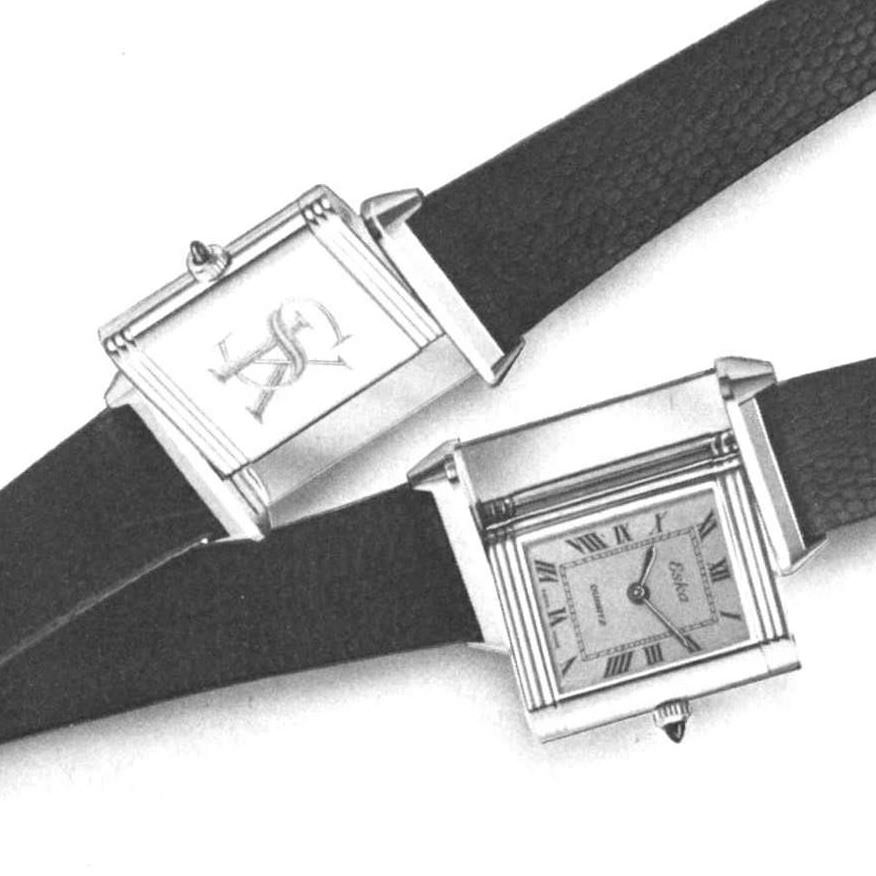
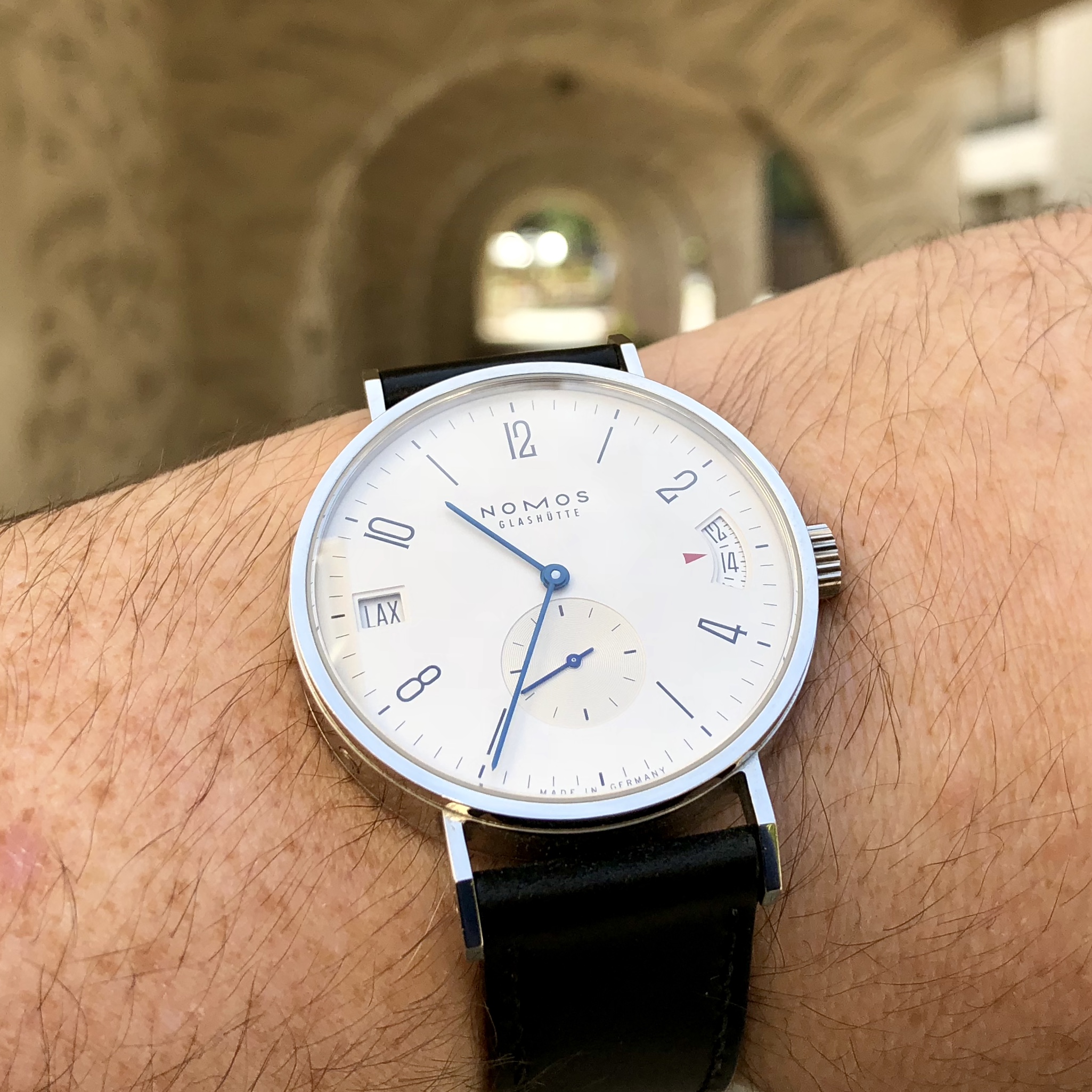
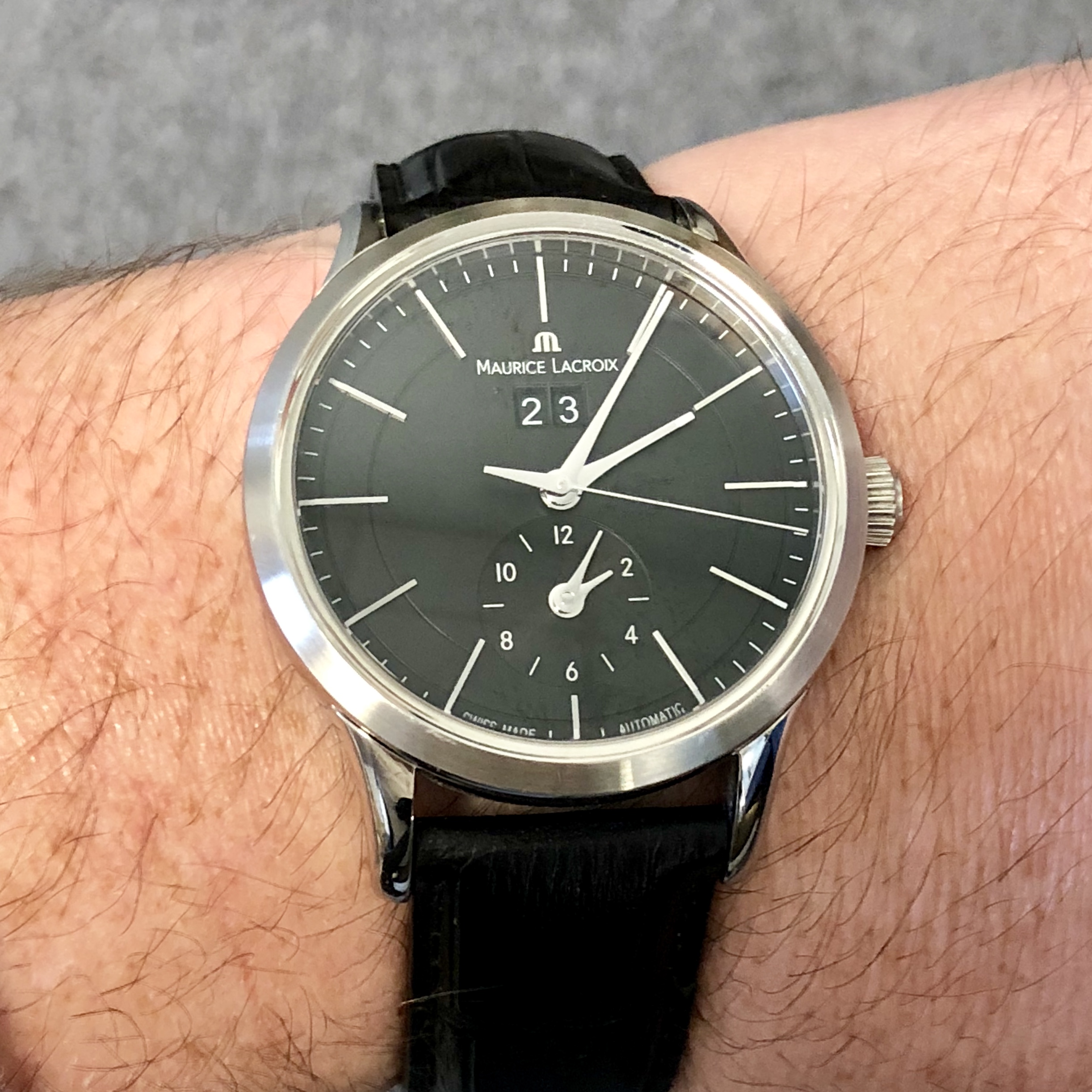

It’s interesting watch and story. How BIG size it was? How was is a case wide and thickness? Is this brand still alive somewhere?
I have no idea what the size was, since I’ve never found one “in the wild”. But looking at it, I’d say it’s at least as large as the Ardath Long Distance – probably 42-44 mm. Which would have been ludicrously huge at the time!
Thank you for sharing this story about my grandfather’s watch company. I am however wondering where all the information came from because there seem to be several inaccuracies in the article. My grandfather Jules Nappey, for instance, was never a frequent traveller, he never travelled overseas, so this idea of two different time zones must have had another origin. Due to harsh competition, his company filed for bankruptcy in the early 70s, my grandfather then moved into real estate. You can still buy Nappey watches on eBay.
I very much appreciate this comment! My information on your grandfather came from a vintage article in Europa Star. It sounds that it might have been period propaganda to support and promote his watch. I appreciate the correction and would love to communicate with you if you have more family documents to share! I would love to do a follow up article on Nappey!
Amazing article Stephen! How related is Nappey.co to the Nappey family? I see their website brings up the heritage so they family must still be involved somehow?